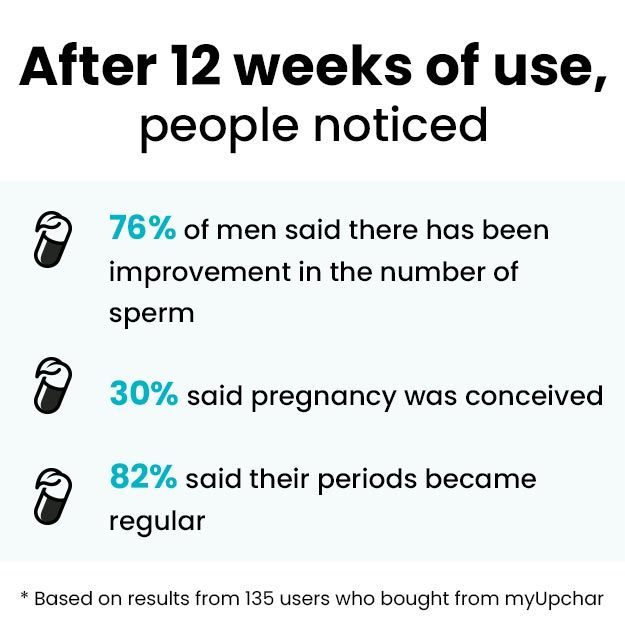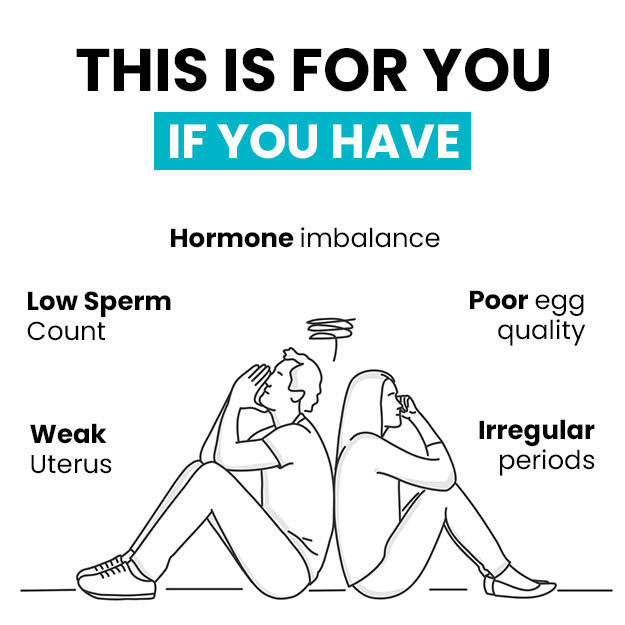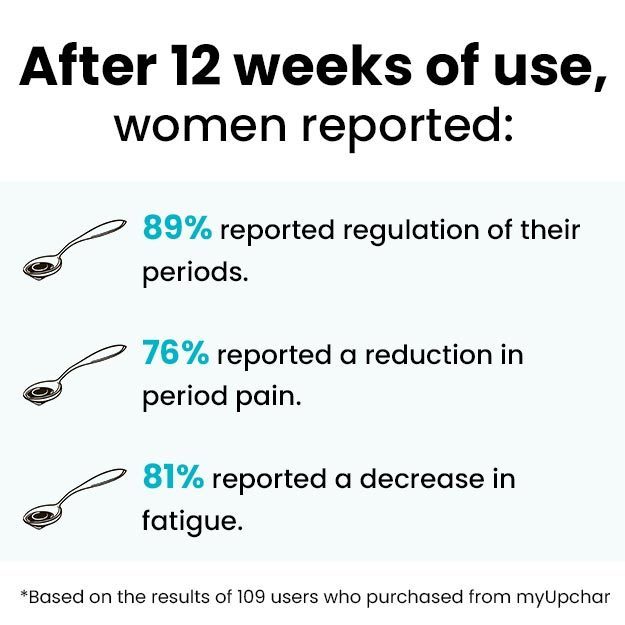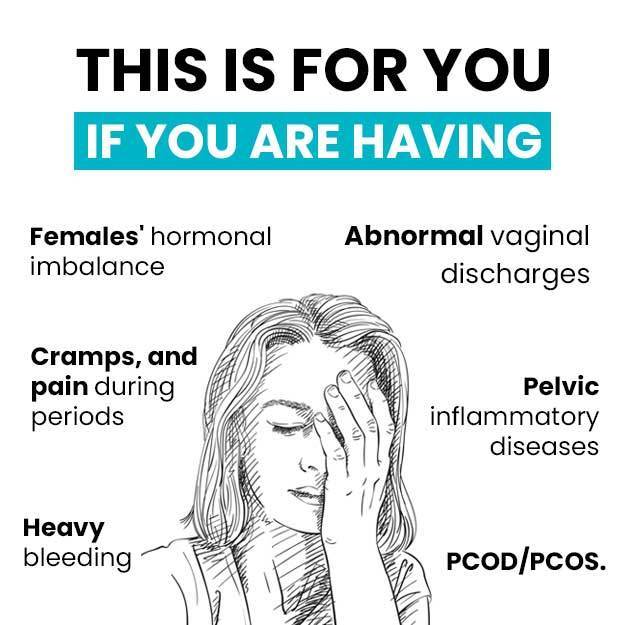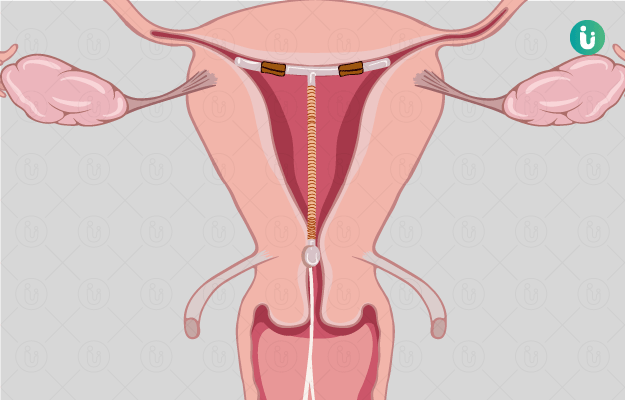It is common knowledge that babies move around while they’re still growing in the womb. The feel of the baby kicking and moving is something every parent enjoys and looks forward to. As the pregnancy progresses and the last few weeks of gestation approach, the baby prepares for delivery naturally by slowly moving towards the birth canal.
Most babies naturally move their heads towards the birth canal by the 36th week of pregnancy. In some cases, however, the baby does not naturally move and remains head-up and buttocks-down. This position is known as a breech presentation.
A baby in breech position can still be delivered vaginally, but the risk of complications is greater and stillbirth, infant mortality and birth defects can occur. This is why many doctors prefer to perform a cesarean delivery to safely birth breech babies.
Making the decision about vaginal delivery or cesarean delivery if the baby is breech depends on the type of breech presentation. There are three types of breech presentations - complete, footling and frank - and only those in frank position can be delivered vaginally with complete safety. For the rest, cesarean delivery is recommended.
However, in countries like India, babies with breech presentations have been traditionally delivered through vaginal delivery by experienced midwives. What’s more, large parts of rural India do not have enough medical facilities to make cesarean delivery possible. This makes the diagnosis and treatment of breech babies more difficult in India.




















